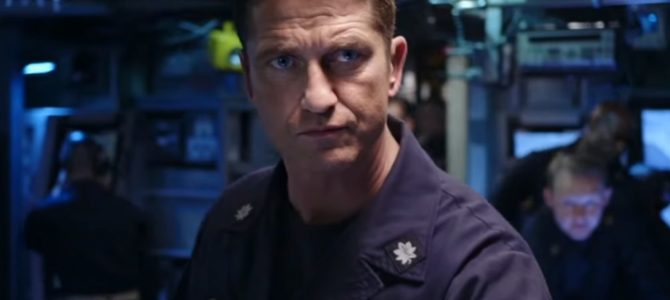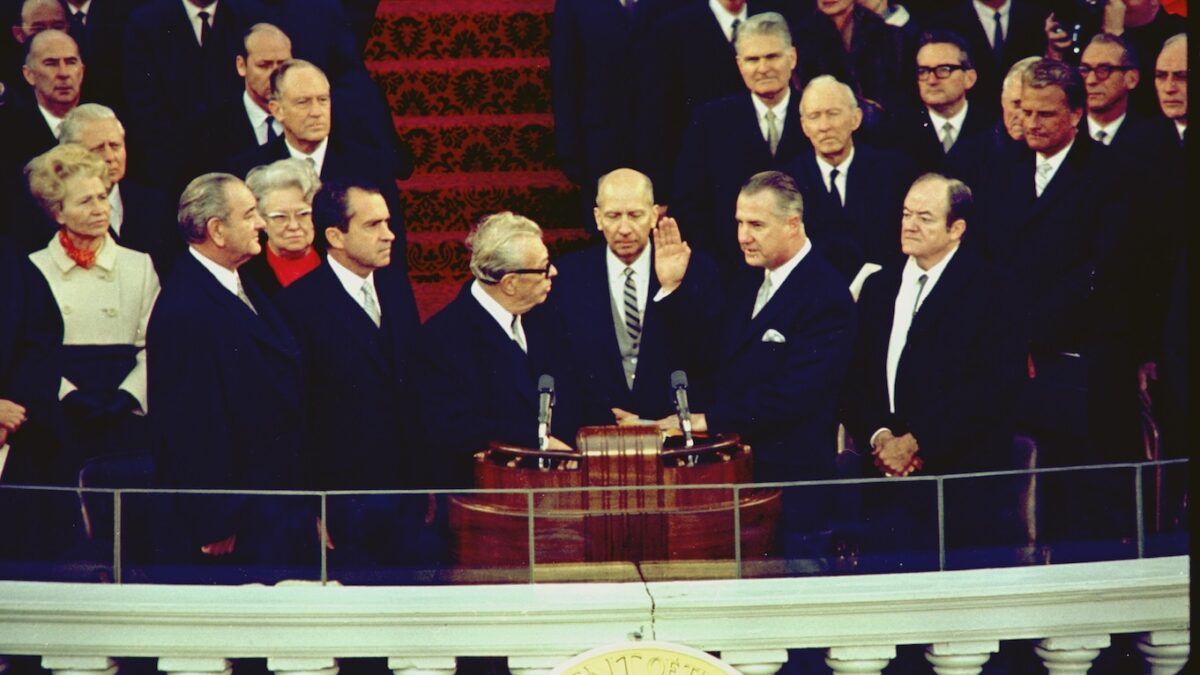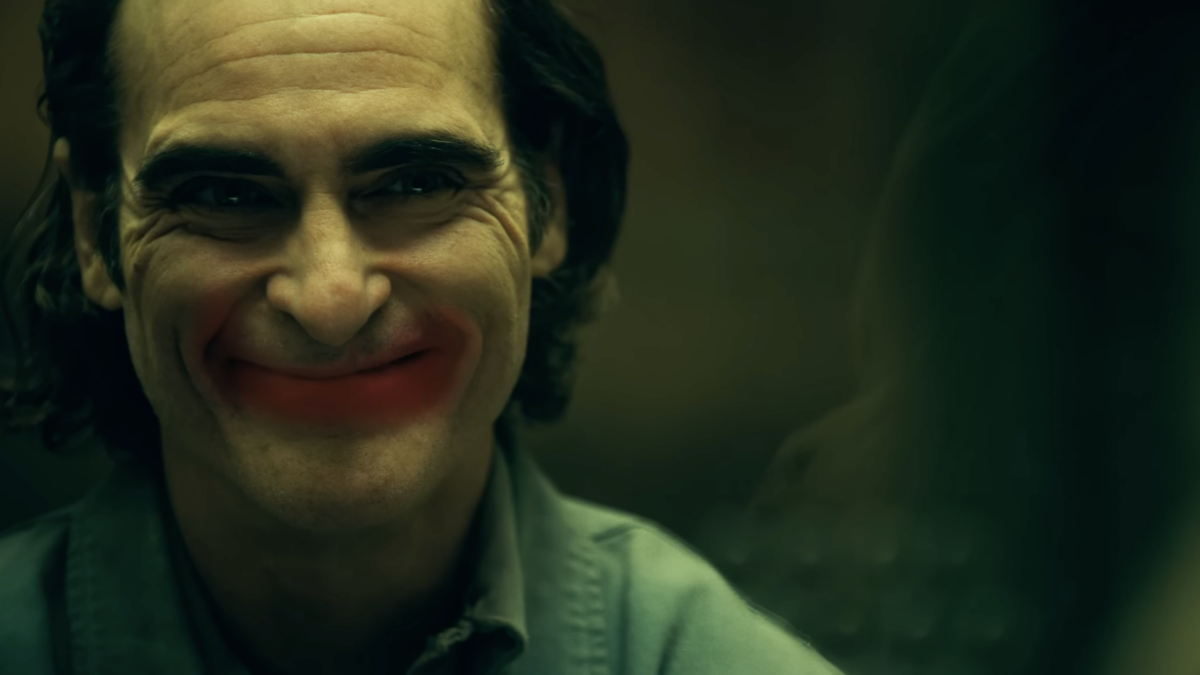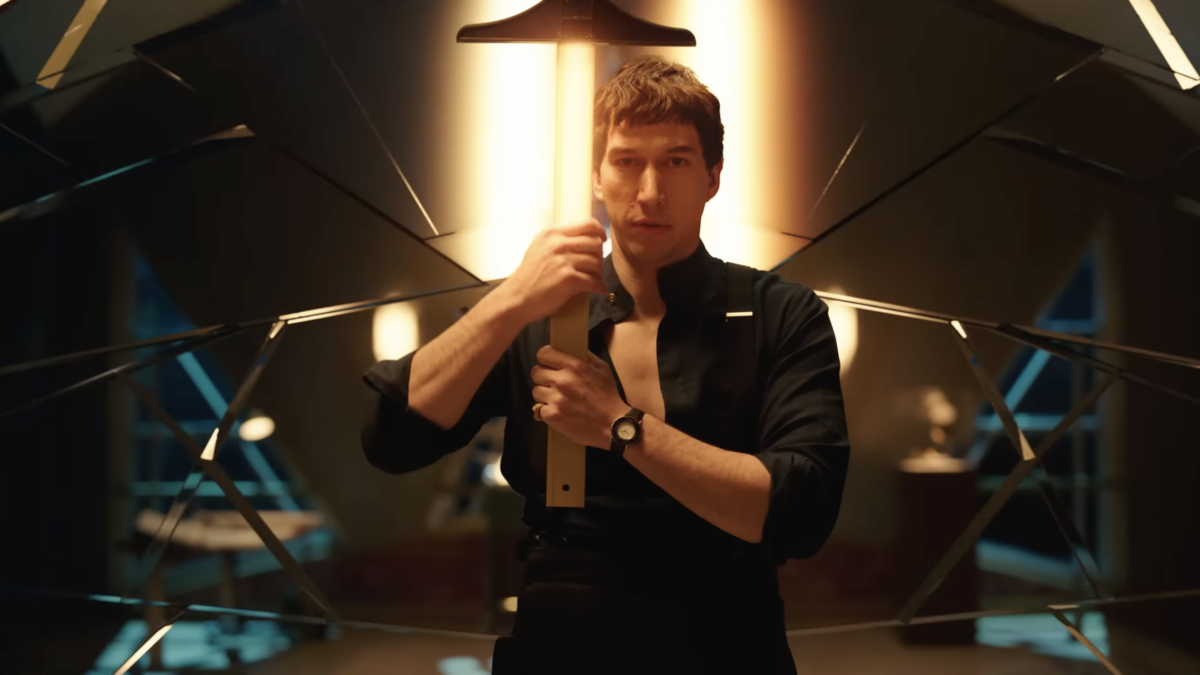Gary Oldman is probably the best actor of his generation. His range is remarkable. He has played roles as diverse as Lee Harvey Oswald and Winston Churchill. His turn as Dracula in Francis Ford Coppola’s self-indulgent and overblown “Bram Stoker’s Dracula” kept the movie from descending into camp. But not even his dramatic gravitas can save “Hunter Killer.”
“Hunter Killer” wants to hark back to a theme as old as the James Bond films. In the Sean Connery era, a third, sinister party sought to manipulate a war between the hardliners of the West and those of the Soviet Union. This played into Cold War tensions at the time where one “misperception” could trigger World War III.
“Hunter Killer” also aspires to be the worthy descendant of the film adaption of Tom Clancy’s “The Hunt for Red October,” starring Connery and Alec Baldwin. But “Hunter Killer’s” meandering plot and worshipful techno-babble make it more in line with Tom Clancy’s overrated novel.
The reason the Sean Connery film was vastly superior to its source material lay in how film-makers excised the wooden dialogue and nerd fascination with sonar from the novel. This surfaced the tension of whether Soviet sub commander Connery was steering his stealth submarine into an attack on the United States or defecting.
The plot involves an American submarine commander and a crack team of Navy Seals attempting to rescue a deposed Soviet premiere from a hard-line captor bent on war amidst a backdrop of sinister circling Russian subs. But the plot can’t generate the same fears the Cold War films did. In today’s world, the West might even like the idea of the autocratic and Stalin-pining Vladimir Putin being overthrown.
As expected, Oldman is the best thing about the movie. Playing an American admiral supporting a war with the Russians because of the disappearance of an American sub in Russian waters, Oldman doesn’t do the frothy-mouthed “Jack D. Ripper” routine. He instead portrays a character reasonable and even honorable in his desire to protect the United States.
Gerard Butler is less successful as the submarine commander in harm’s way. He uses the actor tricks for conveying tension — rapid blinking and forehead creases. But it isn’t enough to make him an accessible character.
Not all of this is Butler’s fault. Submarine movies have built-in pitfalls almost exclusive to this genre. It requires great skill to create a compelling tale when actors work in a confined space. In films like “Das Boot” and “Red October,” the space can be used in a sweaty, claustrophobic way, and the silent approach of a torpedo could be nerve-wracking for audiences.
But not all the improved tech since those films can create the same palpable fear in “Hunter Killer.” The script is such a mess (one suspected numerous, un-credited writers were brought in to save it) that viewers will lose track of who is doing what to whom and why.
The classically trained Toby Stephens never convinces that he is a Navy Seal commander. As shown in films like “Cambridge Spies” and the Bond film “Die Another Day,” Stephens is better at lurking villainy. Here he doesn’t come off as someone soldiers would follow into certain death.
The special effects work best in this film. The Halo Drop is cleverly executed. But it cannot save the material. The characters’ movement — Stephens’ Seal team returns to rescue a downed comrade — doesn’t generate any fast-paced tension.
This is not to say that an effective submarine movie can’t be made in the 9-11 era. “Hunter Killer” just isn’t it.









